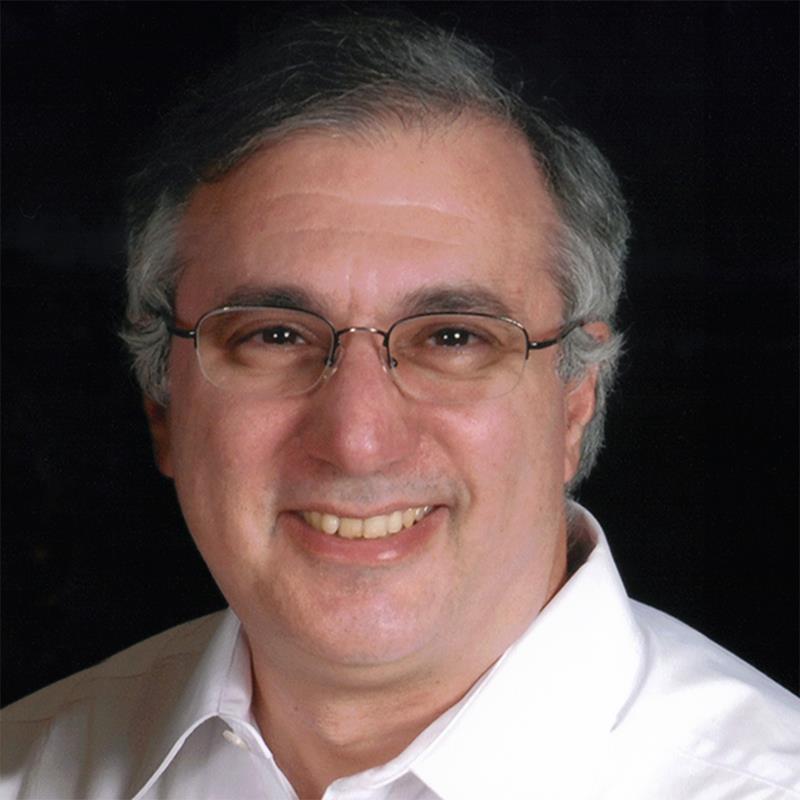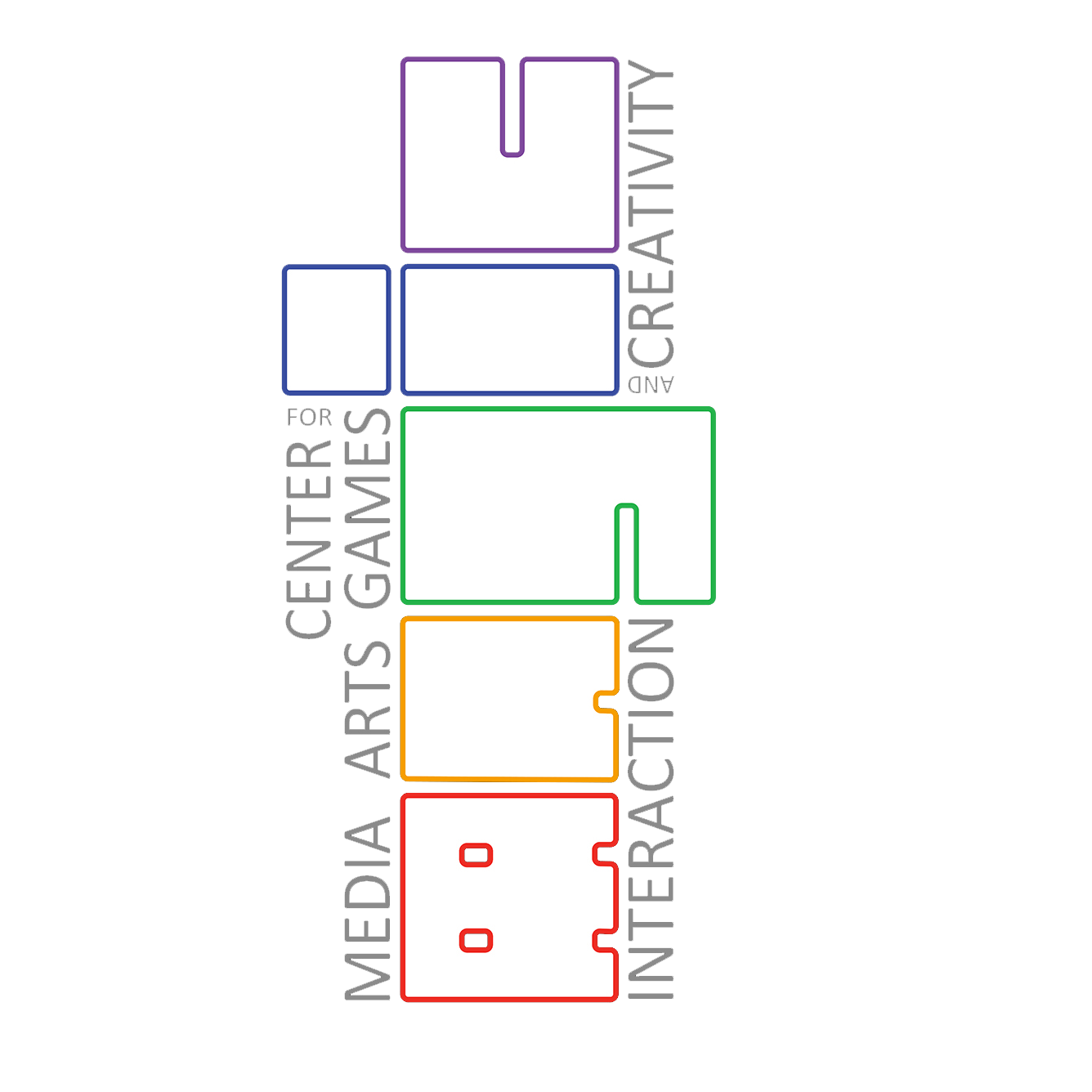Ronald P. Vullo, Ph.D.
Dr. Vullo is Associate Professor, Department of Information Sciences and Technologies, creator and director of the Minor in Web Design and Development for non-computing Majors, and MAGIC Center faculty affiliate. The DIY VR Headset is his brainchild and he has been prototyping and developing it since late 2014. He has always loved 3D images, movies, etc. and has been making them (mostly anaglyphs) for years. Inspired by Google's release of the "cardboard" he decided to take a stab at making his own VR Headset.






